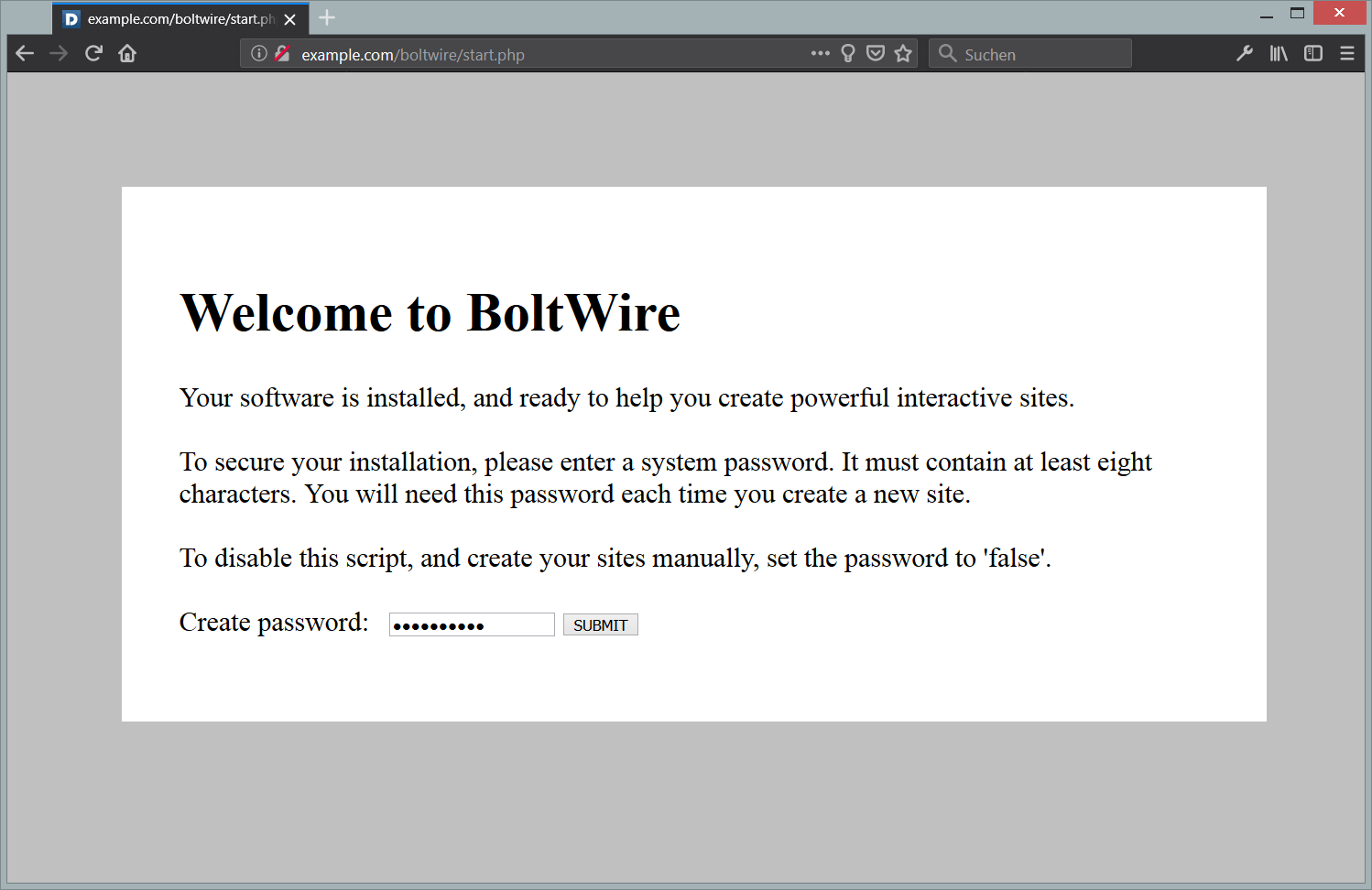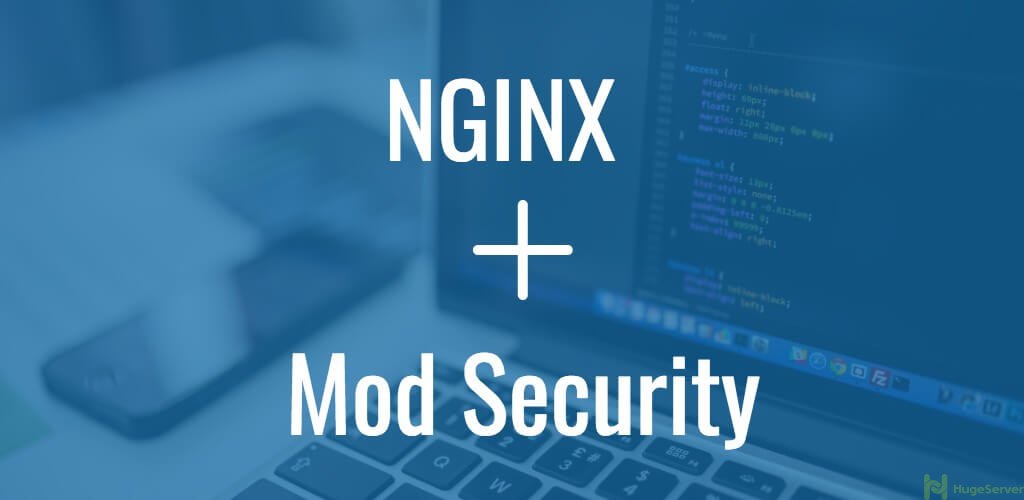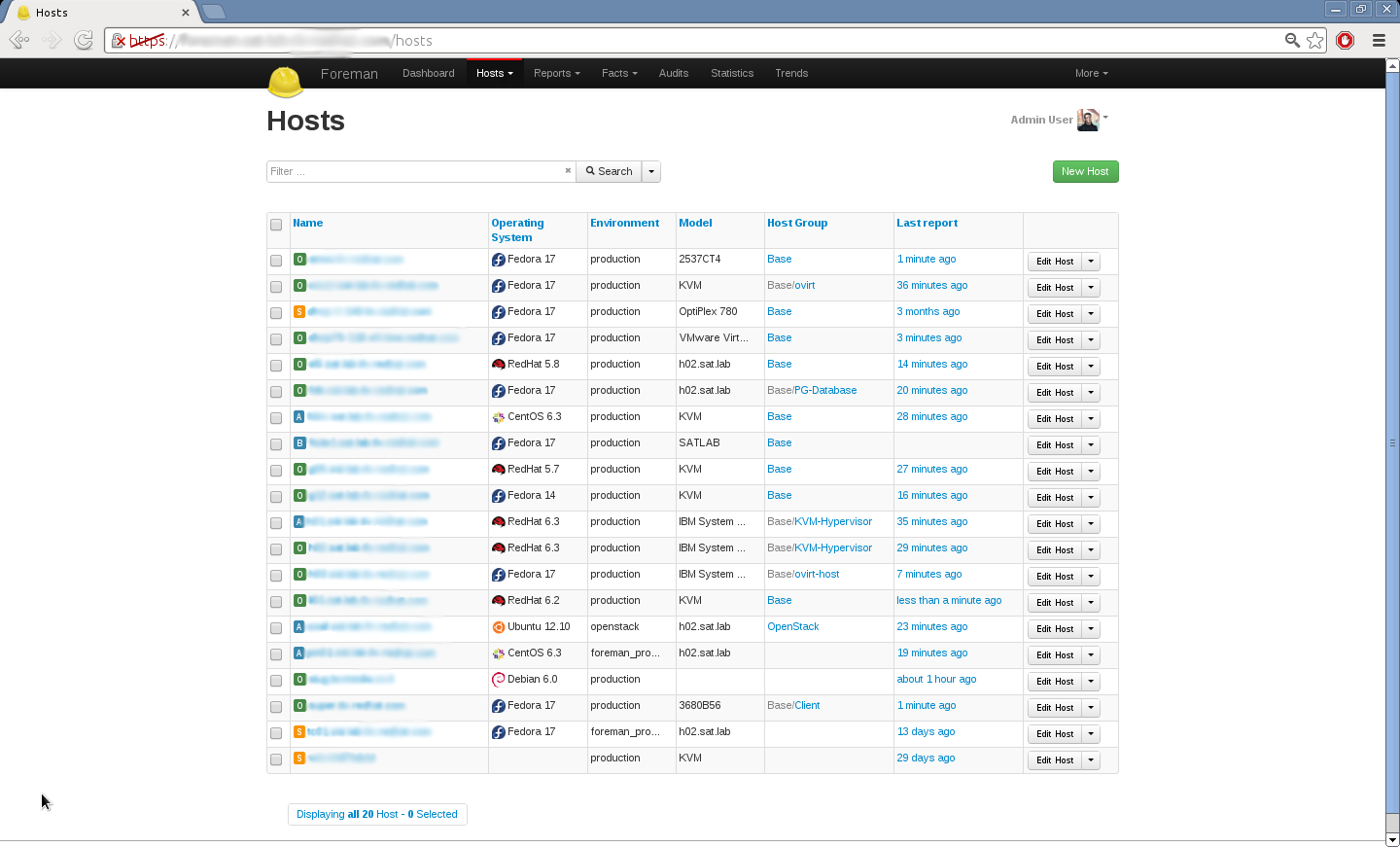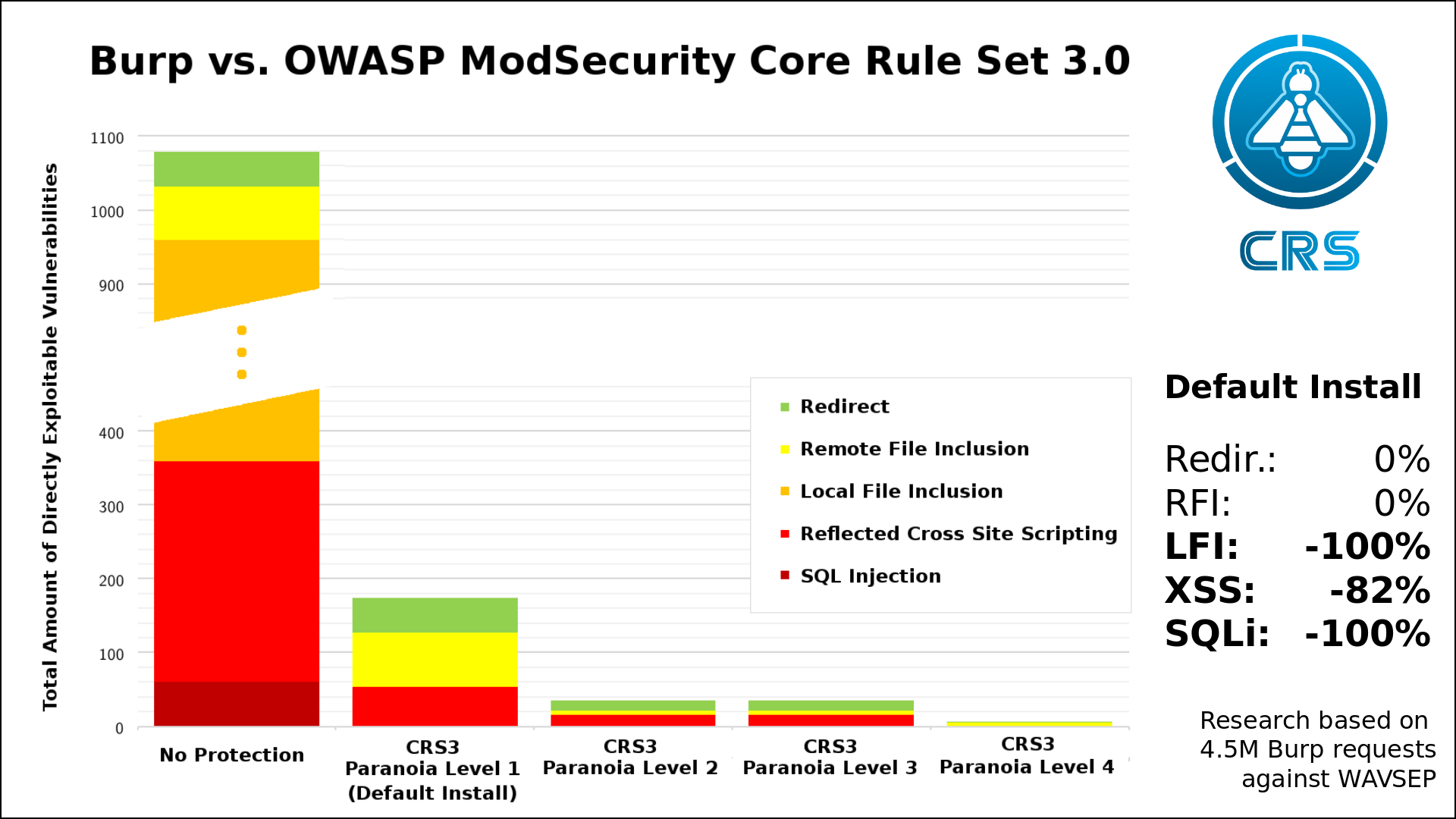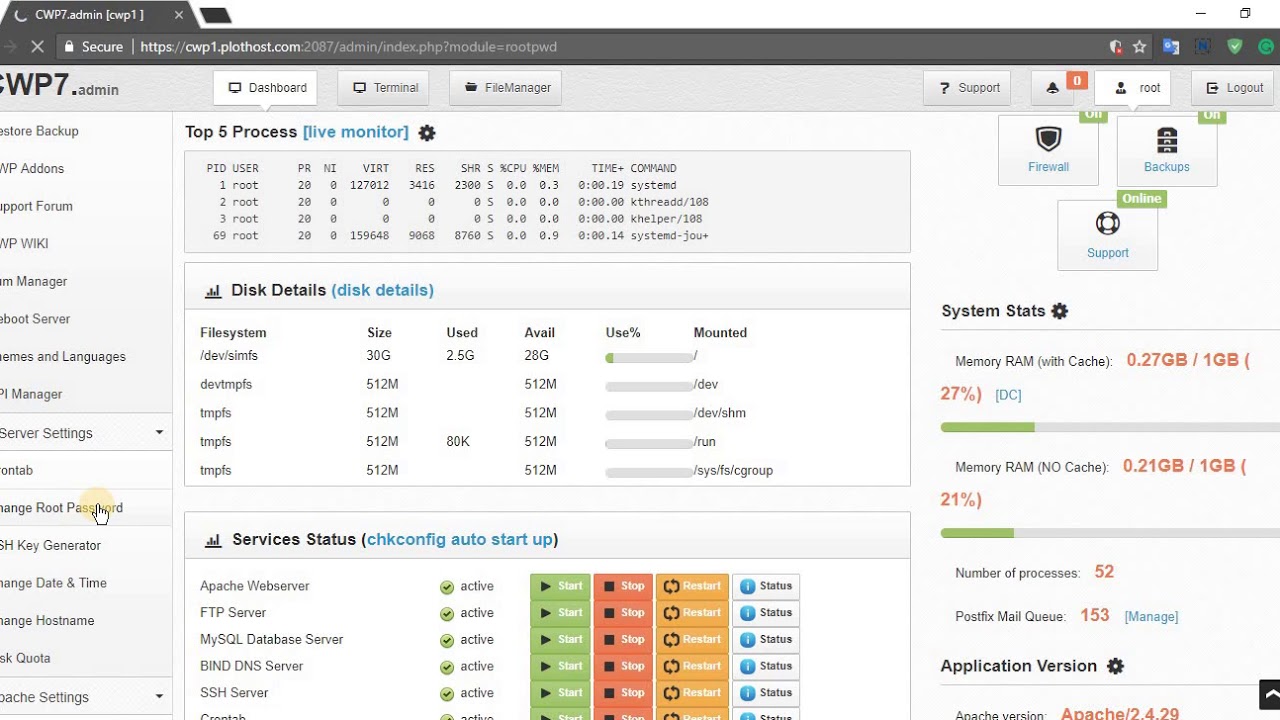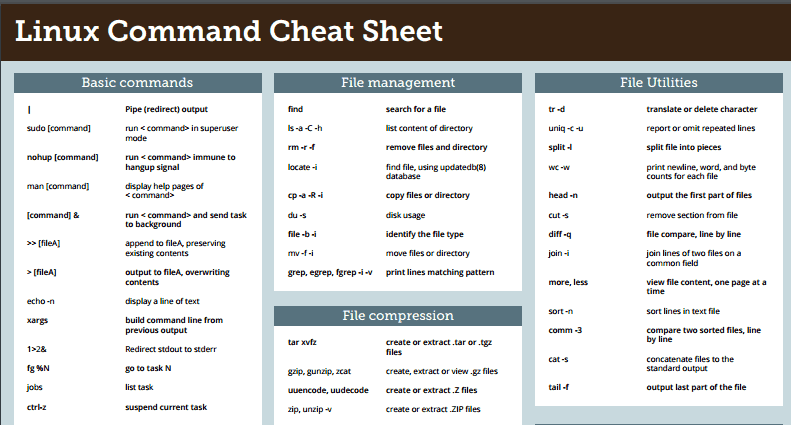Bolt is an open source CMS written in PHP. Bolt’s source code is hosted on GitHub. This guide will show you how to install Bolt CMS on a fresh CentOS 7 Vultr instance.
The steps in this tutorial were written for Bolt 3.4.9, but will likely work on newer versions as well.
Requirements
Make sure your server meets the following requirements.
- PHP 5.5.9 or higher
- The following common PHP extensions:
- pdo
- mysqlnd (to use MySQL as a database)
- pgsql (to use PostgreSQL as a database)
- openssl
- curl
- gd
- intl (optional but recommended)
- json
- mbstring (optional but recommended)
- opcache (optional but recommended)
- posix
- xml
- fileinfo
- exif
- zip
- SQLite, MySQL or PostgreSQL database
- Apache with
mod_rewriteenabled or NGINX
Before you begin
Check the CentOS version.
cat /etc/centos-release
# CentOS Linux release 7.4.1708 (Core)
Create a new non-root user account with sudo access and switch to it.
useradd -c "John Doe" johndoe && passwd johndoe
usermod -aG wheel johndoe
su - johndoe
NOTE: Replace johndoe with your username.
Set up the timezone.
timedatectl list-timezones
sudo timedatectl set-timezone 'Region/City'
Ensure that your system is up to date.
sudo yum update -y
Install required and useful packages.
sudo yum install -y wget vim unzip bash-completion
Disable SELinux.
sudo setenforce 0
Step 1 – Install PHP, required PHP extensions, MySQL/MariaDB and NGINX
CentOS does not provide the latest PHP versions in its default software repositories. We’ll need to add a Webtatic YUM repo. Instructions for adding the Webtatic repo are in this Vultr guide.
Install PHP 7.2 and required PHP extensions.
sudo yum install -y php72w php72w-cli php72w-fpm php72w-mbstring php72w-zip php72w-mysql php72w-pgsql php72w-sqlite3 php72w-curl php72w-simplexml php72w-common php72w-gd php72w-intl php72w-json php72w-opcache php72w-xml php72w-zip php72w-common php72w-process
Check the PHP version.
php --version
PHP 7.2.2 (cli) (built: Feb 4 2018 10:14:07) ( NTS )
Copyright (c) 1997-2018 The PHP Group
Zend Engine v3.2.0, Copyright (c) 1998-2018 Zend Technologies
Install NGINX.
sudo vim /etc/yum.repos.d/nginx_mainline.repo
# Copy/paste this to the /etc/yum.repos.d/nginx_mainline.repo file
[nginx]
name=nginx repo
baseurl=https://nginx.org/packages/mainline/centos/7/$basearch/
gpgcheck=1
enabled=1
wget https://nginx.org/keys/nginx_signing.key
sudo rpm --import nginx_signing.key
rm nginx_signing.key
sudo yum install -y nginx
Check NGINX version.
nginx -v
# nginx version: nginx/1.13.9
Start and enable NGINX.
sudo systemctl enable nginx.service
sudo systemctl start nginx.service
Install MariaDB.
sudo vim /etc/yum.repos.d/MariaDB.repo
# Copy/paste this to the /etc/yum.repos.d/MariaDB.repo file
[mariadb]
name = MariaDB
baseurl = https://yum.mariadb.org/10.2/centos7-amd64
gpgkey=https://yum.mariadb.org/RPM-GPG-KEY-MariaDB
gpgcheck=1
sudo yum install -y MariaDB-server MariaDB-client
Check the MariaDB version.
mysql --version
# mysql Ver 15.1 Distrib 10.2.13-MariaDB, for Linux (x86_64) using readline 5.1
Start and enable MariaDB.
sudo systemctl enable mariadb.service
sudo systemctl start mariadb.service
Run the mysql_secure_installation script to improve the security of your MariaDB installation.
sudo mysql_secure_installation
Create a database for Bolt and remember the credentials.
mysql -u root -p
# Enter password:
CREATE DATABASE dbname;
GRANT ALL ON dbname.* TO 'username' IDENTIFIED BY 'password';
FLUSH PRIVILEGES;
exit
Step 2 – Configure NGINX
Run sudo vim /etc/nginx/conf.d/bolt.conf and populate it with the following text.
server {
listen [::]:80;
listen 80;
server_name example.com;
index index.php index.html;
root /var/www/bolt/public;
location / {
try_files $uri $uri/ /index.php?$query_string;
}
location ~ [^/]/.php(/|$) {
try_files /index.php =404;
fastcgi_split_path_info ^(.+?/.php)(/.*)$;
fastcgi_param SCRIPT_FILENAME $document_root$fastcgi_script_name;
fastcgi_param HTTP_PROXY "";
fastcgi_param HTTPS $https if_not_empty;
fastcgi_pass 127.0.0.1:9000;
fastcgi_index index.php;
include fastcgi_params;
}
}
Test the NGINX configuration.
sudo nginx -t
Reload NGINX.
sudo systemctl reload nginx.service
Step 3 – Download and install Bolt CMS
Create a document root directory.
sudo mkdir -p /var/www/bolt
Change ownership of the /var/www/bolt directory to johndoe.
sudo chown -R johndoe:johndoe /var/www/bolt
Navigate to the document root.
cd /var/www/bolt
Download the latest stable release of Bolt CMS from the command line.
wget https://bolt.cm/distribution/bolt-latest.zip
Unzip Bolt CMS, remove the downloaded zip file and move the Bolt CMS files and directories to /var/www/bolt.
unzip bolt-latest.zip
rm bolt-latest.zip
mv bolt-v3.4.9/* bolt-v3.4.9/.* . # Just press enter on warning
rmdir bolt-v3.4.9/
To finish the installation, you will need to rename the following files:
mv .bolt.yml.dist .bolt.yml
mv composer.json.dist composer.json
mv composer.lock.dist composer.lock
mv src/Site/CustomisationExtension.php.dist src/Site/CustomisationExtension.php
Change ownership of the /var/www/bolt directory to nginx.
sudo chown -R nginx:nginx /var/www/bolt
Run sudo vim /etc/php-fpm.d/www.conf and set the user and group to nginx.
sudo vim /etc/php-fpm.d/www.conf
# user = nginx
# group = nginx
Restart php-fpm.service.
sudo systemctl restart php-fpm.service
Open your domain/IP in the web browser and follow the Bolt CMS installation wizard. Bolt uses SQLite database by default. If you want to use another supported database, you can configure it in the app/config/config.yml file. After that, you will have Bolt installed on your CentOS 7 server. To access Bolt’s administrative interface, append /bolt to your IP/domain.
Want to contribute?
You could earn up to $300 by adding new articles
Suggest an update
Request an article



